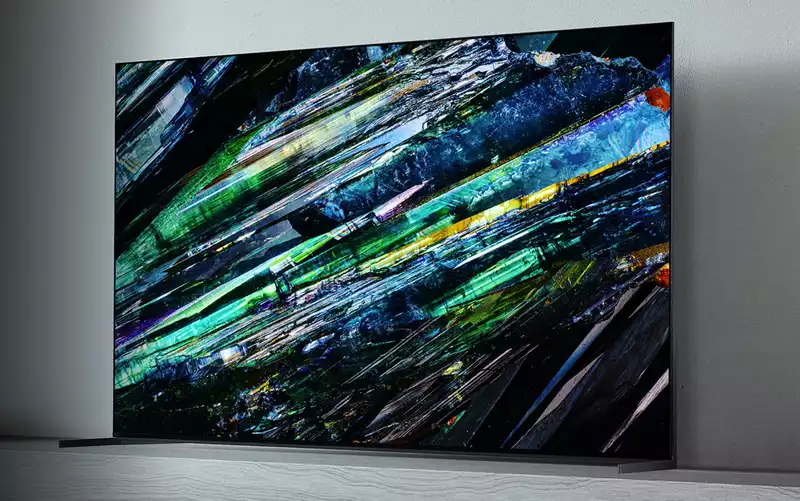There is a newly developed chemical composition This chemical composition can make OLED panels more environmentally friendly and less expensive
The key to this breakthrough is a completely new manganese (Mn) complex developed by Dongguk University The Korea-based university published its findings in the Chemical Engineering Journal this October, highlighting a breakthrough in the manufacturing process for OLED substrates
Most OLED displays are manufactured using the so-called solution process, which requires expensive rare earth materials to maintain the stability and efficiency of the internal complexes As outlined in a paper published in the National Institutes of Health, several other limitations, such as solvent resistivity, prove that the solution process is not a perfect or cost-effective way to manufacture OLEDs [However, the approach taken by the researchers at Dongguk University utilizes materials that are much more abundant and inexpensive than traditional manufacturing processes
Led by Assistant Professor Vijaya Gopalan Sree, the research team has discovered an entirely new non-toxic zero-dimensional bromide Mn(II) complex (MnBz) in a novel process that could reshape the way OLED emitters are treated in the manufacturing process [In this process, MnBz was synthesized by grinding two chemicals, manganese bromide (MnBr2) and benzyltriphenylphosphonium (Ph3BzPBr), in a solvent-free manner Evaporation of the newly created solution in this way over several days yielded a single crystal of MnBz, which proved to have a high quantum yield as well as bright green luminescence
Using these MnBz crystals, Prof Sree and his research team developed a warm white light-emitting device and a green phosphorescent OLED device Both devices showed record current efficiencies of 5684 cd A-1 and quantum efficiencies of 1142% In short, this is much higher efficiency than the current generation of OLEDs and reduces the ecological footprint of OLED manufacturingIn addition, the first composite-based warm white light-emitting device of its kind achieved a color rendering index (CRI) of 78 Conventional OLEDs typically average around 90 and decline over time of use 15]
While a fascinating and surprising departure, David Suddaby, who has indirectly worked with, in his own words, "all kinds of light-emitting devices," has found that most viewing panels, and even lighting devices utilized by professionals in the film production industry, have a CRI of Even the lighting equipment utilized by professionals in the filmmaking industry, he explains, "will not use anything with a CRI below 95"
[A trained eye can easily tell the difference without the use of a colorimeter to measure CRI; 100 CRI is the gold standard by which all are judged It is either the sun (for a lower CRI) or a pure blackbody radiating at 3200 K for a warmer toned CRI
Still, the findings of this school represent an impressive watershed in the evolution of OLED manufacturing, if the CRI contingent can be further modified
In addition to potentially lowering the average price of OLED panels, the newly devised MnBz manufacturing process could also guarantee the energy efficiency of such devices This is largely due to the high brightness specifications of MnBz-based emitters, which could lead to more environmentally friendly lighting systems and appliances in the long term [LG's OLED TVs, such as the LG C3 OLED and LG G3 OLED, use solution process manufacturing technology Similarly, in its QD-OLED TVs like the S95C OLED, Samsung also utilizes the solution process, which gives its models higher pricing
The switch to MnBz crystals could not only bring a greener future to various TV panels and a variety of consumer electronics products, but also make them more affordable for the average consumer
Such innovations are eagerly awaited If you're looking for a cutting-edge OLED TV from LG, check out the LG C3 OLED, one of the best TVs of 2023
Update: This article has been updated to include a quote from David Suddaby on the nature of CRI










Comments